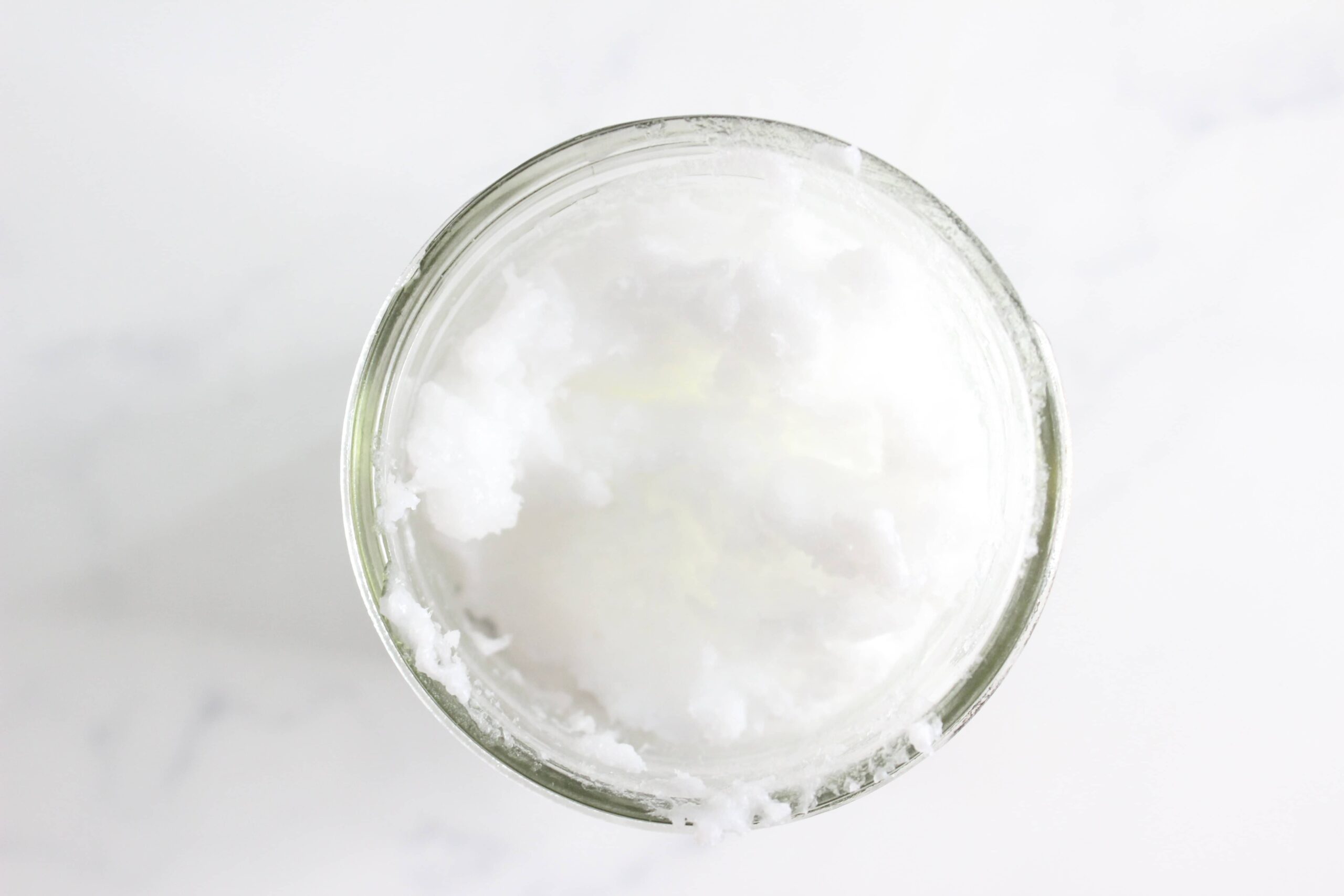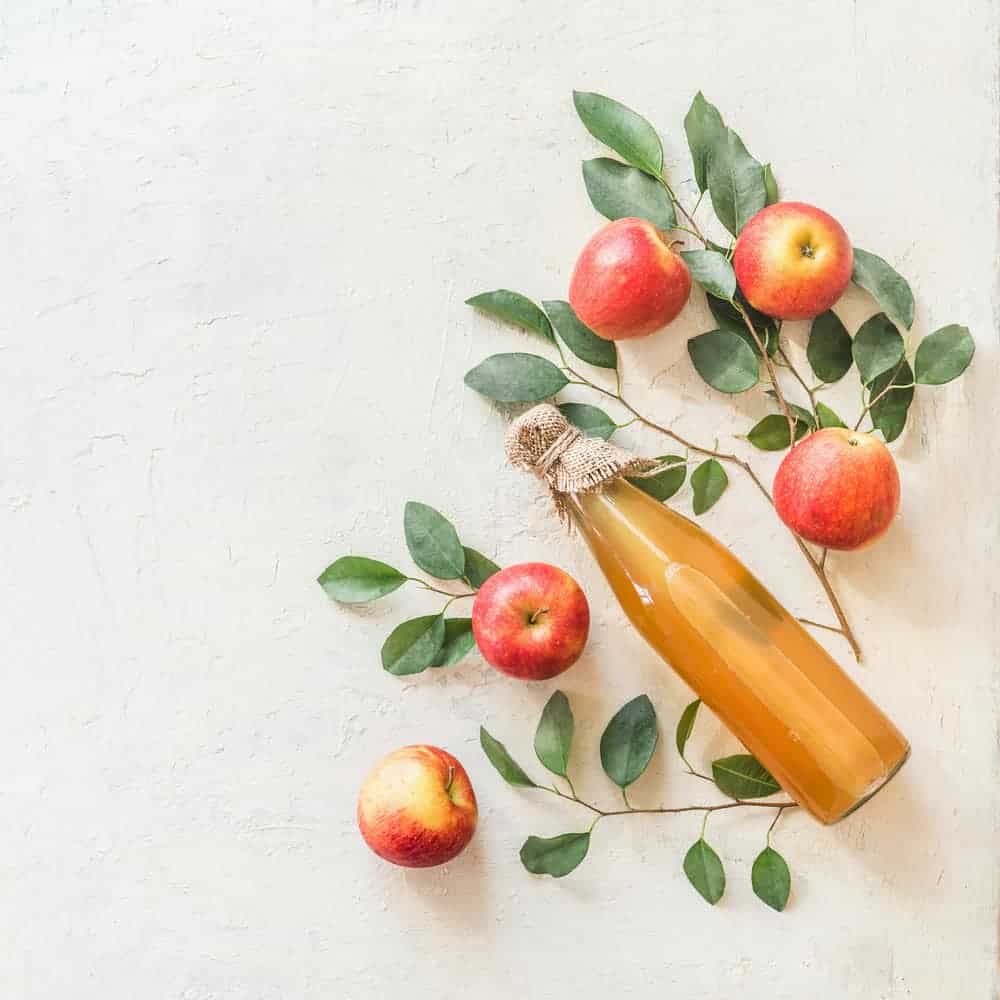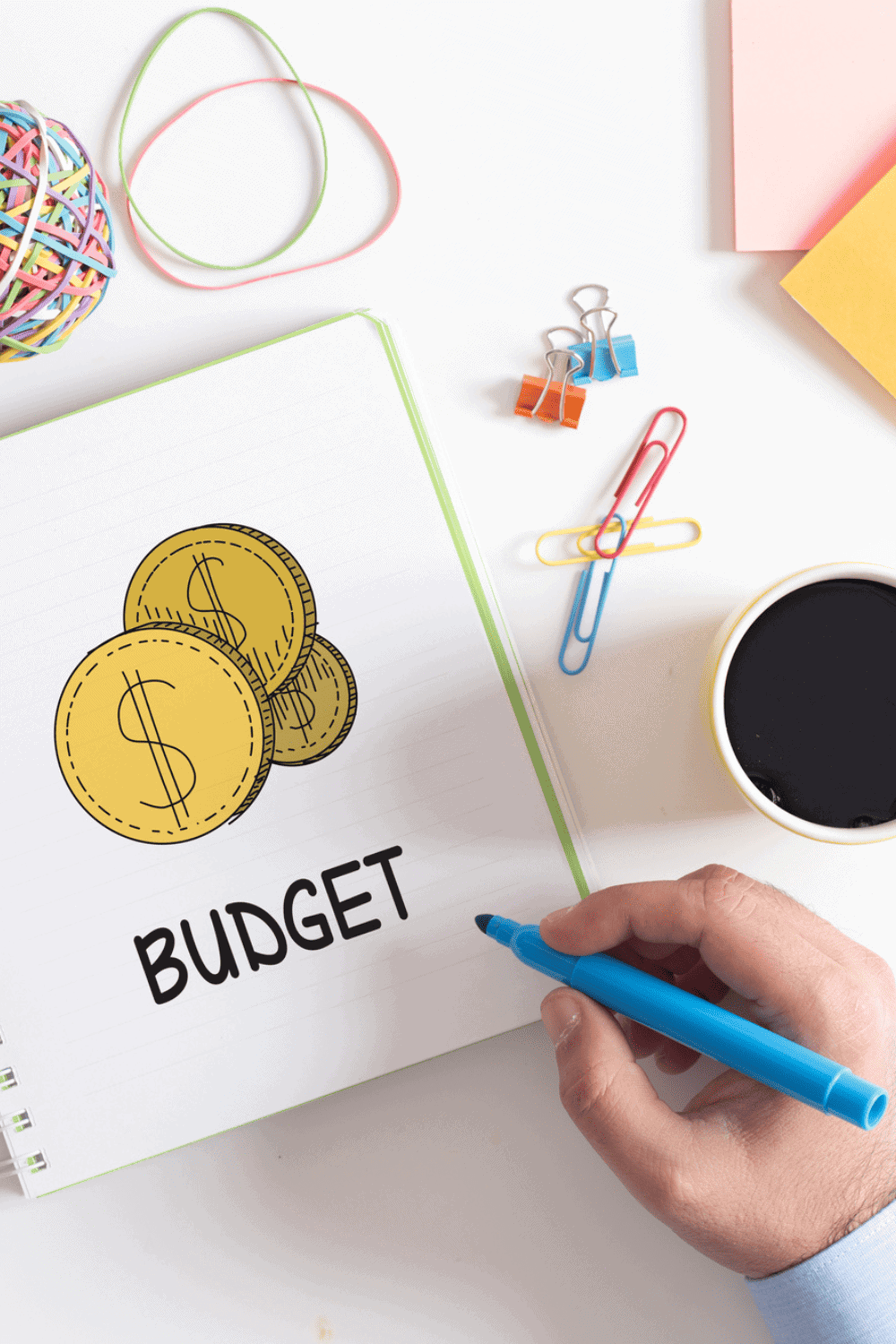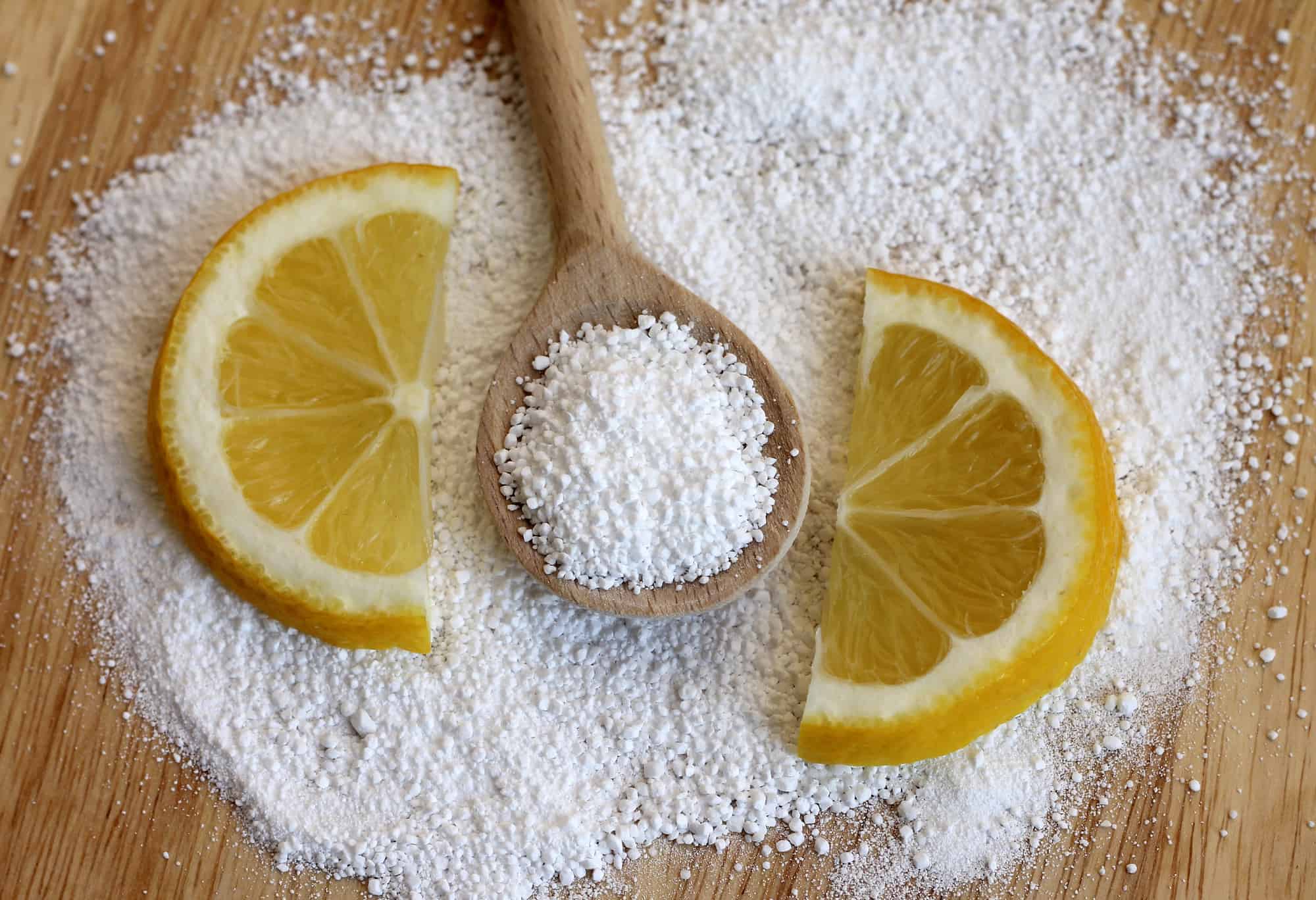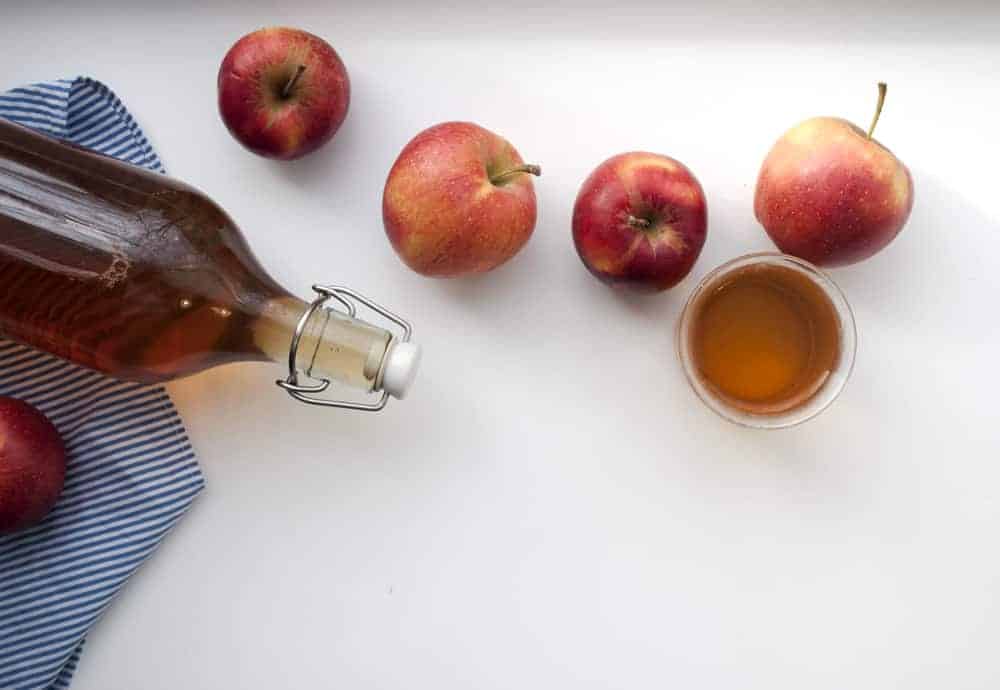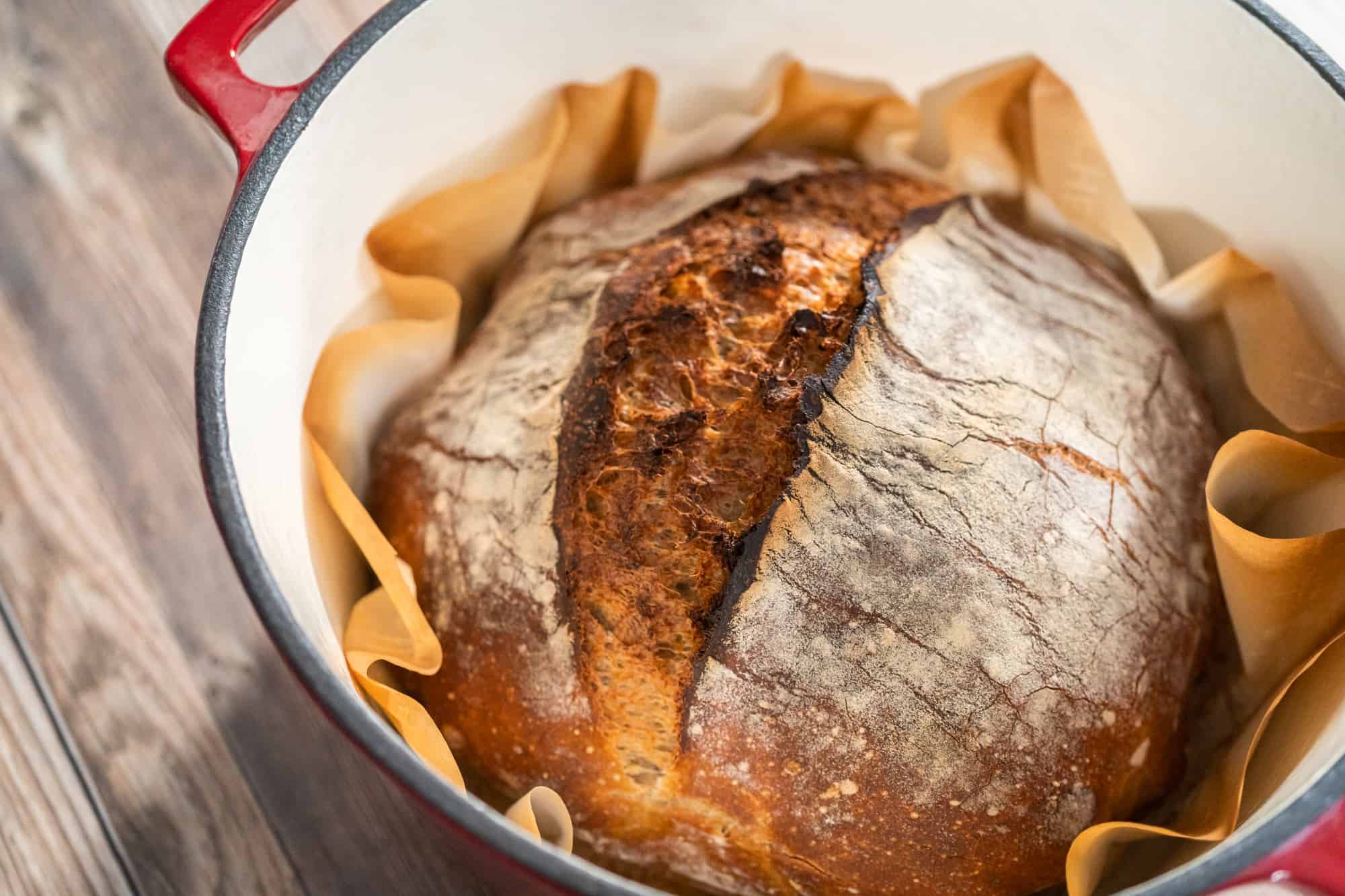9 Fool-Proof Ways You Can Reduce Your Sugar Intake
Are you trying to reduce the amount of sugar you eat every day but don’t know where to start? Here are nine simple tips to help you reduce sugar intake gradually and sustainably.
It’s common knowledge that too much sugar is bad for you.
Many research studies show that too much sugar can cause a variety of negative symptoms and can lead to several serious diseases, such as diabetes, cardiovascular disease, cancer, and so many more.
Quitting sugar can be extremely challenging because of its addictive nature.
The more you eat, the more your brain craves.
Many researchers have even said that sugar is just as, if not more, addictive than cocaine or nicotine! Both sugar and cocaine activate the same reward center in the brain, making it highly addictive.
Although modern food processing and pre-packaged products make it much tougher, reducing your sugar intake is not impossible. You just need to know what to look for and where to start.
Here are nine practical tips to gradually reduce sugar from your diet.
1. Ditch Soda & Juice
This is one of the easiest swaps you can make that will help significantly reduce your daily sugar intake.
If you regularly consume commercial drinks like soda, juice, and other soft drinks, try looking at the sugar content on the nutrition label.
Chances are it has above 25g of sugar. To put that into perspective, that’s six sugar cubes in one drink! Many people have several sodas and juices per day, so you can see how that quickly adds up.
By swapping your sugar-laden drinks with natural alternatives, you’ll immediately cut your sugar intake by half.
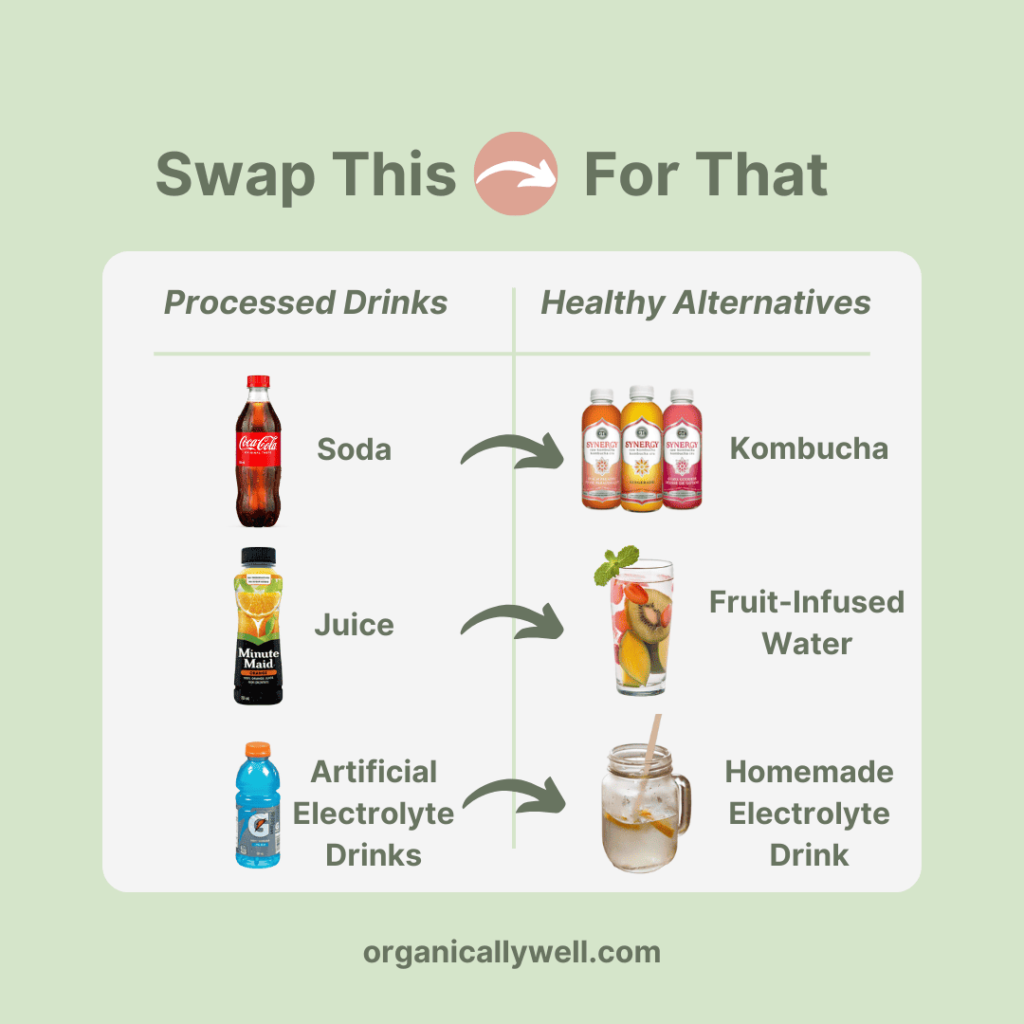
Here are some great drink alternatives:
Fruit-Infused Water – If swapping for spring water and ditching artificial drinks cold turkey is too challenging, make fruit-infused water! All you need to do is add any fruit you like to your water. You can also play around with herbs to boost the flavour even more! Here are some ideas for delicious flavours:
- Fruits: Oranges, Lemon, Strawberries, Watermelon, Mango, Cucumber
- Herbs: Mint, Lemongrass, Holy Basil, Rosemary, Thyme
Natural Electrolyte Drink – If infused water is too challenging for you in the beginning, try making this homemade natural electrolyte drink recipe.
Kombucha – this is one of the best healthy alternatives for soda fans! If you need something bubbly, kombucha is the perfect pick. It’s fizzy, sweet and a probiotic, too! You can make it right at home for less than 50 cents a gallon!
Want to learn how to make your own homemade kombucha? This guide by Brew Buch shows you exactly how to make kombucha step-by-step.
2. Swap Your Artificial Coffee & Tea Add-Ins
If you’re an avid coffee or tea drinker, you might add creamers and flavoured syrups.
These products are heavily marketed as ‘low-calorie’ or even labelled as ‘sugar-free.’
Big-name creamers such as Starbucks ‘Liquid Enhancer’ boast about its low-calorie formula, but on the ingredient label, sugar is listed first. Just one tablespoon contains a whopping 6g of sugar!
Since most people use more than this amount, you can see how that could quickly add up, especially as many of us have more than one caffeinated beverage per day. I won’t even go into the other ingredients in these products that can wreak havoc on your body.
Next time you’re making your caffeinated beverage, add whole milk (cow, goat or sheep) or organic cream instead of artificial creamers and plant milks and swap sugar for maple syrup or honey if needed.
Yes, those are still forms of sugar, but they come from a natural source and will help your body slowly adjust to smaller amounts of sugar.
If you love your flavoured coffee and have difficulty making this switch, there are many recipes online for natural versions. For example, add a teaspoon of genuine vanilla extract to your coffee if you love your vanilla creamer.
Whole ingredients. Better flavour. No harmful ingredients.
The reality is that it’s not the healthy fats in natural dairy products that are making us sick; it’s sugar and other artificial ingredients added during the processing of food products.
Other Posts You May Like:
- 9 Healthy Eating Habits That Will Transform Your Life
- Amazing Health Benefits Of Apple Cider Vinegar And The Best Ways To Take It
- Sourdough Bread Benefits: Why Everyone Should Be Eating Sourdough
3. Eat Real Bread
I know what you’re thinking. Bread? Since when is bread sweet?
Did you know that several brands like Wonder Bread, Udi’s, Pepperidge Farm, and Arnold’s all have a higher sugar content than candy? This article by Insider breaks down popular breads and how they compare to the sugar content of candy.
Crazy, right?
Many bread brands sold in grocery stores are artificially sweetened.
But here’s the kicker – bread itself is not bad. It’s the type of bread you’re consuming. Bread has been a staple food item in our diet for centuries. But this bread was made from just the simple ingredients of flour, water and yeast. Not sugar, stabilizers, gums and other preservatives.
To find good bread that doesn’t have added sugars, find a local bakery that bakes fresh, organic bread or try baking some yourself.
Lucky for us, the internet is full of easy recipes for homemade bread!
Baking your own bread will not only help you reduce your intake of added sugars, but it’s also much more delicious and nutritious.
Plus, you likely won’t feel bloated, sick or sluggish because no harmful or toxic ingredients exist.
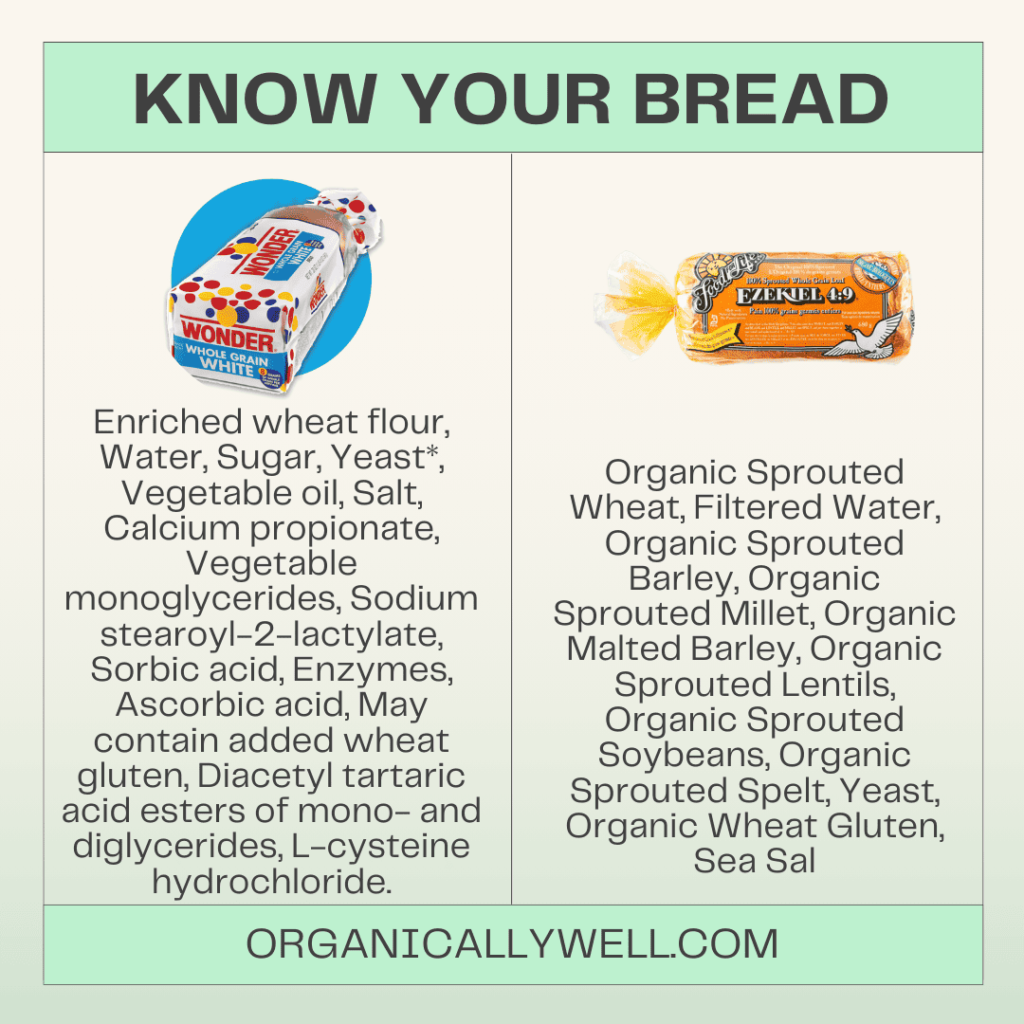
When shopping for bread, here’s my rule of thumb. If you can pronounce and recognize the ingredients, it’s generally a safe bet. If, however, you see a bread with 10+ ingredients and weird long names? Immediate pass.
Brands that sell bread with whole ingredients:
- Food For Life
- Mestemacher
- Bread Alone
- Manna Organics
4. Eat Fruit For Dessert
Who remembers getting fruit in their school lunchbox for dessert? I do! I used to look forward to those apple slices and grapes every day.
Then came the convenience of cookies and granola bars, and fruit suddenly wasn’t good enough.
It’s not your fault. It’s the food we’re sold! Because everything is packed with sugar, naturally sweetened fruits no longer taste good enough. Our taste buds have gone haywire.
Don’t stress; you can absolutely hit ‘reboot’ on your taste buds.
When you start reducing sugar in your diet, your taste buds slowly adjust, too. Over time, you’ll notice that an apple that once tasted like bland mush tastes like candy.
Grab a fruit instead of reaching for a cookie or processed sweet after your meal or as a snack.
In the beginning, it might be tough (trust me, I know!). But over time, you’ll rediscover how delicious fruit is and will start to reach for it more often.
Fruits are natural candies that are nutritious and make you feel good – that’s something a Mars bar can’t promise you.
Next time that sugar craving hits grab a piece of fruit. Satisfy your body’s need for sugar with the added benefits of fibre and replenishing your vitamins, minerals and electrolytes.
Often, I hear people rather take that cookie or chocolate because it’s easier.
The majority of fruits are ready to go; just wash and eat. But for the rare few, prep your fruits in the fridge ahead of time.
Buy oranges? Slice them up into a container. Apple slices, cut up your watermelon, wash your grapes.
Make it as easy as possible for yourself so that when that craving hits, fruit is available, and you’re not turned away when you think about getting it ready.
5. Ditch Processed Foods
This one is pretty straightforward.
Packaged foods are designed to last and are filled with sugars, stabilizers and preservatives to prevent them from going bad.
Because they already come prepared, you have zero control over the ingredients or how they were made and processed.
Ditch ‘pre-made’ foods such as candy, granola bars, mashed potatoes in a box, cereals, hot-pockets, cereals, and snacks and crackers.
Real food comes from real sources. Throw out the junk and nourish your body!
Other Posts You May Like:
- 9 Healthy Eating Habits That Will Transform Your Life
- Amazing Health Benefits Of Apple Cider Vinegar And The Best Ways To Take It
- Sourdough Bread Benefits: Why Everyone Should Be Eating Sourdough
6. Cook From Scratch
Cooking from scratch is the best way to reduce sugar in your diet.
When you make your meals from scratch, you know exactly what goes into your food and have total control over the ingredients.
For example, buying a can of chicken noodle soup will easily contain over fifteen harmful ingredients such as stabilizers, dyes and colouring, and other preservatives.
In comparison, when you cook the same soup at home, it’ll have half the ingredients and none harmful – all just real, natural ingredients.
The same goes for snacks. Store-bought granola? Full of seed oils, added sugars and humidifying ingredients. Homemade? Just grains and nuts.
So, this week, challenge yourself to make your meals from scratch as much as possible.
Start small so you don’t overwhelm yourself. Start by cooking your main meals yourself, and over time, you can work your way up to making your own condiments, snacks and more.
7. Learn To Read Nutrition Labels
In order to reduce your sugar intake, you have to become well-versed in reading nutrition labels.
Companies often try to hide behind using different words and ingredients for sugar when it’s still sugar.
For example, sugar can be identified under dextrose, sucrose, dextrin, ethyl maltol, etc. Here’s an article listing 56 Different Names for Sugar.
Crazy! Right?
So, research and get familiar with the secret code names for added sugars so you know what to watch for.
Your best defence against processed foods is to know your stuff. Knowledge is power, especially when it comes to modern food marketing.
8. Eat REAL Salt
You might be wondering why on earth I’ve included eating salt to reduce your sugar intake.
The majority of people are still under the influence that salt is bad.
Developing research shows us that salt is absolutely necessary to our survival and well-being at a cellular level.
But the salt we consume must be real. This means it is naturally sourced from a salt bed, not undergoing processing and fortification with iodine.
Real salt contains all the necessary minerals and electrolytes our bodies need to live and carry out all bodily functions.
Inadequate intake of good salt = health issues.
One of my favourite doctors, Dr. James DiNicolantonio, strongly advocates for proper salt intake. He says, “Salt is necessary and good for us. Eating more of the right salt will reduce the amount of sugar in our diets, which can help people lose weight, have stronger bones, prevent memory loss, and even fix diabetes”.
If you are curious and want to learn more, I strongly recommend following Dr. James on Instagram – he shares a lot of evidence-based information and is quickly becoming a leading wellness expert for time-tested holistic health.
When depleted of salt, our brains become more sensitive to addictive substances. So, when you don’t get enough salt in your diet, substances that activate this pathway, such as sugar, become much more difficult to control.
So, next time you’re at the grocery store, grab yourself some real salt. Swap it out for your commercial salt brand and watch how your body responds.
My favourite salt brand I always have on hand is Redmond Real Salt, and other great brands include Celtic Sea Salt and La Baleine.
Here’s a snapshot of the ingredients in a generic table salt – added sugar? Why.
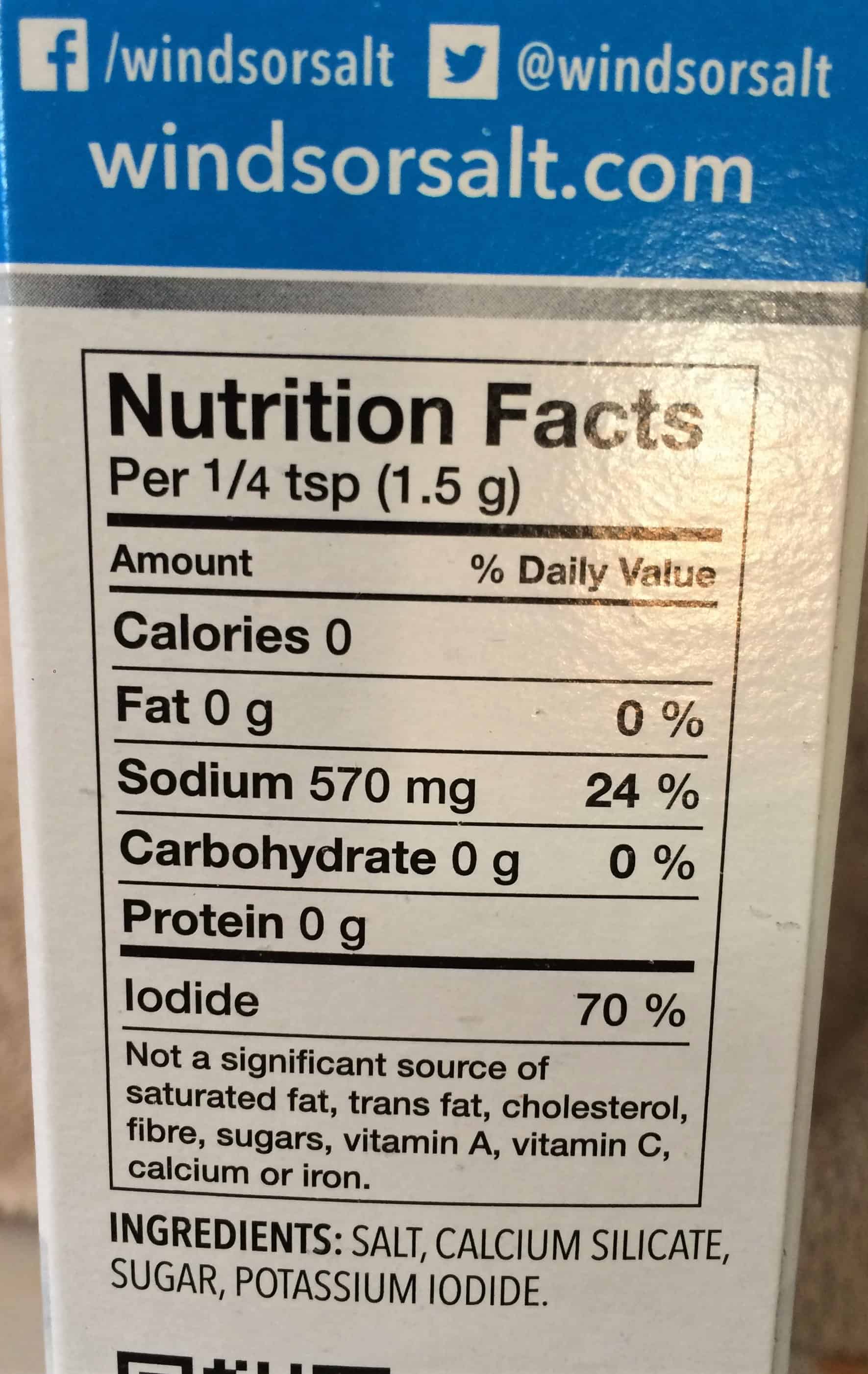
9. Sweeteners are NOT Better
A common marketing scheme is the endless roll-out of ‘sugar-free’ products.
I see all sorts of sweeteners being advertised every day, from Splenda to xylitol.
Just because a food product is labelled sugar-free and an artificial sweetener is used as a substitute, it does not mean it’s good for you.
Xylitol is toxic for dogs. Sucralose (found in sweeteners like Splenda) has been found to be genotoxic, meaning it may cause damage to DNA and cancer.
Why on earth would you want to put that into your body?
Ditch all the sweeteners and ‘sugar-free’ products in your home, reduce your added sugar intake and protect your health.
Bottom Line
Hopefully, these tips have inspired you with new changes you can make to reduce your sugar intake.
Don’t overwhelm yourself with trying to make all these changes simultaneously.
In order to develop a sustainable lifestyle, adopt these ideas one by one and enjoy the process as you watch your body transform.
Maybe you’ll even notice your headaches disappear, your skin starts to glow, or you no longer feel tired all of the time.
How did you reduce your sugar intake? What are your favourite ways to eat less sugar?

